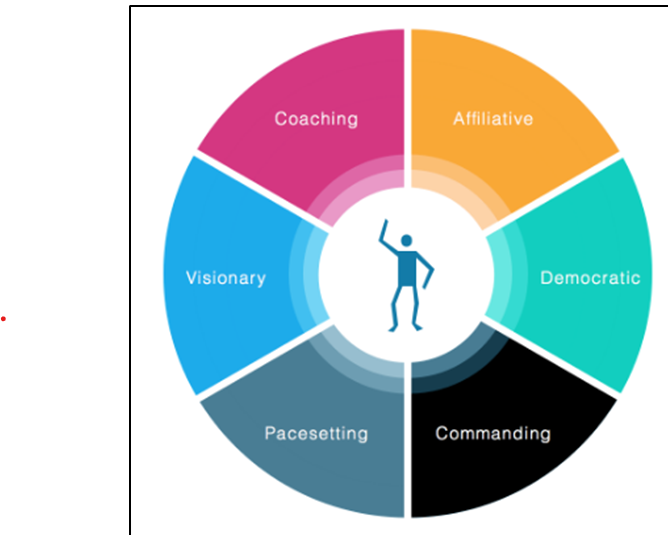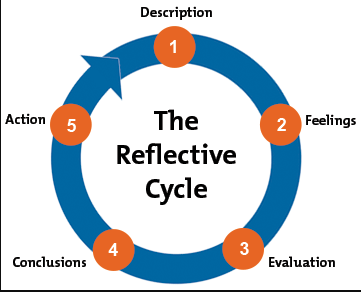7118SOH Evidence-based Practice and Research Principles Assignment Sample 2023
Introduction
This present study will discuss guidelines appraised by the American Academy of Paediatrics on subject of Diagnosis, Evaluation, and Treatment of Attention-Deficit/Hyperactivity Disorder (ADHD). The different sections of this study will evaluate the target audience of this guideline. Along with this, this study will also analyze the evidence collected and whether the issue is being addressed by this evidence. The study will also evaluate the impact and applicability of this guideline in alignment with the recommendations provided.
Section 1
The Clinical Practice Guideline has been primarily intended to provide adequate care to children and adolescents suffering from Attention-Deficit/Hyperactivity Disorder. The present guidelines have been appraised by the American Academy of Paediatrics on the subject of Diagnosis, Evaluation, and Treatment of Attention-Deficit/Hyperactivity Disorder (ADHD).

It has been developed and is intended to educate physicians and other staff to endow proper care and maintain informed practice with the help of these guidelines. As influenced by Wolraich et al. (2019), the guidelines also lay down the key interventional methods and ways to treat patients giving due diligence and proper care. The guidelines apply primarily within the geographical bounds of the United States of America. The current update of this guideline is 2019 which indicates inconsistency in the collection of relevant data.
Section 2
For the purpose of the present guidelines, various evidences were collected to support the recommendations and improve the quality and applicability of the guidelines. Various literatures were reviewed systematically to gain evidence required for this guideline. Along with this, evidence related to treatment of the patients and information was obtained.
These treatment-related documents or pieces of evidence were collected maintaining the confidentiality, safety and security of the patients and their sensitive information. As influenced by Moran et al. (2019), the evidence collected was mostly based on observational studies and randomized control trials. This was obtained from the preliminary examination of the literatures reviewed.
There were seven action statements in total, out of which six were based on levels of quality A and quality B as per hierarchies of evidence. The quality level A or B of evidence collected is generated from properly conducted meta analyses and clinical trials of appropriate populations, as indicated by the grading notation.

The methods used to gather data have been through systematic reviews, randomized control trials and meta analysis. These have the highest ranks among the sources of standardized evidence of quality in clinical practice,as per the evidence hierarchies. These are among the highest ranked sources standardized evidence and data in the present clinical practice, as per the evidence hierarchies (Sayal et al.2018).
Any data that underlies professional practice in mental health must be done on the basis of clinical trials, according to the experts. This emphasizes the suitability of the evidence used in the recommendation. The thoroughness of development in this appraised Guideline for Research and Evaluation II is connected to the standard of research and evidence quality regarding the AAP ADHD guideline.
According to the AGREE II handbook, rigor of development refers to the factors in choosing evidence, as well as its relevance and strength (Bélanger et al. 2018). By outlining the systematic procedures and criteria that have been used in assessing these evidences, the AAP suggestions agreed to a few principles of AGREE II. Other criteria of the AGREE II, such as clarity of evidence presentation,were also not present.
Some elements of AAP ADHD guidelines developed were insufficient in providing a comprehensive enough context for a guideline user. As an example, the guidance said fulfilling the Diagnostic and Statistical Manual for Mental Disorders edition number five (DSM-5) standards for ADHD needs to be priorly diagnosed or have a recorded manifestation of being hyperactive before 12 years age .
It was, although, unsatisfactory in case of the kid who did not satisfy any preceded provisions would be handled (Dalrymple et al. 2020). Furthermore, it was difficult to discover evidence supporting some guideline’s contents being pieces of evidence which were encountered in other places.
This made it impossible differentiating between them without having to verify this subtitle. It is essential that clinical guidelines are developed in a manner, making them easier to locate and navigate. The current update of this guideline is 2019 which indicates inconsistency in collection of relevant data and evidence required for extensive research.
Section 3
The recommendations suggested conducting an examination through which co morbid illnesses are kept in check, establishing a diagnosis once a patient fulfils DSM 5 factor, and caring for the special care needs patient centered in chronic care model. Influenced by Matthijssen et al. (2019), for the initial therapy, Parent Training in Behaviour Management (PTBM) was suggested for children attending preschool.
In case the PTBM did not manage to produce any improvement and required results, especially for the adolescent patients, FDA-approved medicines were suggested to be prescribed. The recommendations mentioned that these medicines must be taken with a combination of other treatments as well, behavioral and psychosocial treatments being an example of such intervention.
During the applicability of these guidelines, there was a disagreement in one portion of the guideline which was attributed to lack of clarity in communicating data and evidence. According to this guideline, there was a clear case of inadequate evidence needed to suggest diagnosis for younger children being under the age of four years.

This shows contradictory data, which were identified as a primary reason for the guideline having lower overall rating being at 56% in quality than the National Institute for Health and Care Excellence (NICE) ADHD guideline, which is at 100%. As inspired by Hakim Shsooshtari et al. (2020), it was also discovered that the guidelines were not comprehensive and made it difficult to locate essentials.
It is essential that clinical guidelines are developed in a manner, making them easier to locate and navigate. For successfully implementing these recommendations, it is essential that all staff and physicians are well equipped and trained properly for being able to provide proper care to the patients in need.
Conclusion
This study discussed the applicability and implication of guidelines on the subject of Diagnosis, Evaluation, and Treatment of ADHD in the Clinical Practice Guidelines. The study also analyzed the audience and the evidence quality of these guidelines.
References
Barbaresi, W. J., Campbell, L., Diekroger, E. A., Froehlich, T. E., Liu, Y. H., O’Malley, E., … & Chan, E. (2020). Society for Developmental and Behavioral Pediatrics clinical practice guideline for the assessment and treatment of children and adolescents with complex attention-deficit/hyperactivity disorder. Journal of Developmental & Behavioral Pediatrics, 41, S35-S57. http://www.nccpeds.com/ContinuityModules-Fall/Fall%20Continuity%20Source%20Materials/complexadhd.pdf
Dalrymple, R. A., Maxwell, L. M., Russell, S., & Duthie, J. (2020). NICE guideline review: Attention deficit hyperactivity disorder: diagnosis and management (NG87). Archives of Disease in Childhood-Education and Practice, 105(5), 289-293. https://ep.bmj.com/content/edpract/105/5/289.full.pdf
Hakim Shsooshtari, M., Bolhari, J., Shariati, B., Kamalzadeh, L., Memaryan, N., Nadoushan, A. H. J., … & Razjouyan, K. (2020). Management of attention deficit hyperactivity disorder in children and adolescents: A national clinical guideline. Iranian Journal of Psychiatry and Clinical Psychology, 25(4), 472-479. http://eprints.iums.ac.ir/33455/1/Management-of-attention-deficit-hyperactivity-disorder-in-children-and-adolescents-A-national-clinical-guideline2020Iranian-Journal-of-Psychiatry-and-Clinical-Psychology.pdf
Matthijssen, A. F. M., Dietrich, A., Bierens, M., Kleine Deters, R., van de Loo-Neus, G. H., van den Hoofdakker, B. J., … & Hoekstra, P. J. (2019). Continued benefits of methylphenidate in ADHD after 2 years in clinical practice: a randomized placebo-controlled discontinuation study. American Journal of Psychiatry, 176(9), 754-762. https://ajp.psychiatryonline.org/doi/pdf/10.1176/appi.ajp.2019.18111296
Moran, A., Serban, N., Danielson, M. L., Grosse, S. D., & Cuffe, S. P. (2019). Adherence to recommended care guidelines in the treatment of preschool-age Medicaid-enrolled children with a diagnosis of ADHD. Psychiatric Services, 70(1), 26-34. https://ps.psychiatryonline.org/doi/pdf/10.1176/appi.ps.201800204
Sayal, K., Prasad, V., Daley, D., Ford, T., & Coghill, D. (2018). ADHD in children and young people: prevalence, care pathways, and service provision. The Lancet Psychiatry, 5(2), 175-186. https://kclpure.kcl.ac.uk/portal/files/101894088/ADHD_in_children_and_SAYAL_Publishedonline9October2017_GREEN_AAM.pdf
Wolraich, M. L., Chan, E., Froehlich, T., Lynch, R. L., Bax, A., Redwine, S. T., … & Hagan, J. F. (2019). ADHD diagnosis and treatment guidelines: a historical perspective. Pediatrics, 144(4). https://scholar.google.com/scholar?output=instlink&q=info:p4bhP2GzGXYJ:scholar.google.com/&hl=en&as_sdt=0,5&as_ylo=2017&scillfp=108769331387112015&oi=lle

